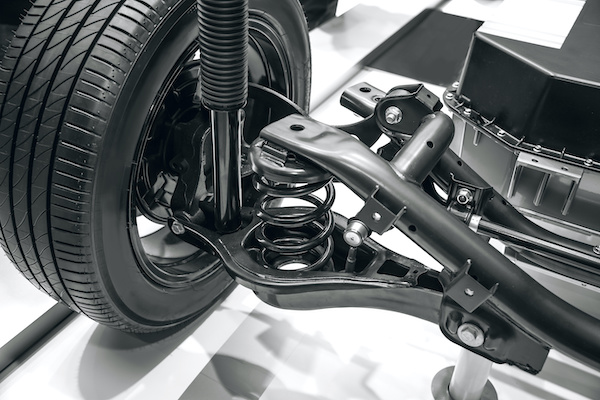
CV (Constant Velocity) joints connect the axles of front-wheel-drive cars to the wheels. The joints allow the wheels and axle to flex as you drive to account for uneven surfaces, turns, etc. The CV joint is the weakest point in this system, and that's why it needs proper care: lubrication and protection from rocks, dust, dirt, etc.
If the CV joint gets damaged, contamination will take place, and the lubricant will leak out. The Constant Velocity is sealed by a boot. This boot may get damaged, and when this happens, the joint will wear out and eventually fail.
If you drive a car with a damaged CV, the joint will disintegrate further, making driving impossible. You'll not be able to control the vehicle and may get involved in an accident.
In short, it is advisable never to drive a vehicle if its CV joint is damaged. If your CV joint is damaged, let a mechanic repair it for you before it's too late. But how will you know that your CV joint needs repair? Look out for the following signs:
1. Busted Boots
A busted Constant Velocity boot may allow you to drive only for a short distance before it breaks down completely. If you continue driving, more grime and dirt with contaminate it, and more lubricant will leak out. In some cases, you may only need to replace the boot and not the entire joint.
2. Clunking/Popping/Clicking
Any clunking, popping, or clicking noise from your car's front wheel may show that there's a problem with the CV joint. The sound usually becomes more pronounced when turning. Such a sound means the joint has been damaged and can't be repaired. If possible, when you hear the noise, drive the car to the mechanic if it can still move.
3. Constant Velocity Joint Failure
When the CV joint fails, the axle will break, and the car won't move. Matters can get worse if this happens while you are driving. That's why you need to have your CV joint checked regularly.
If you need CV joint repair, give our auto repair shop a call today!